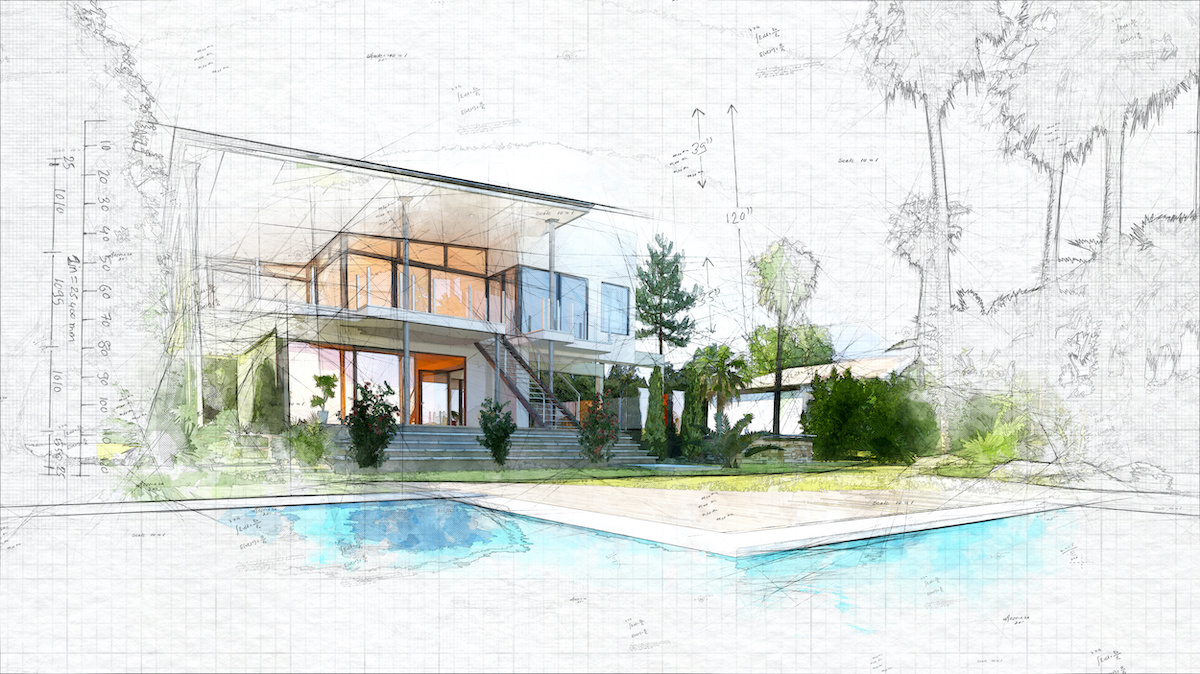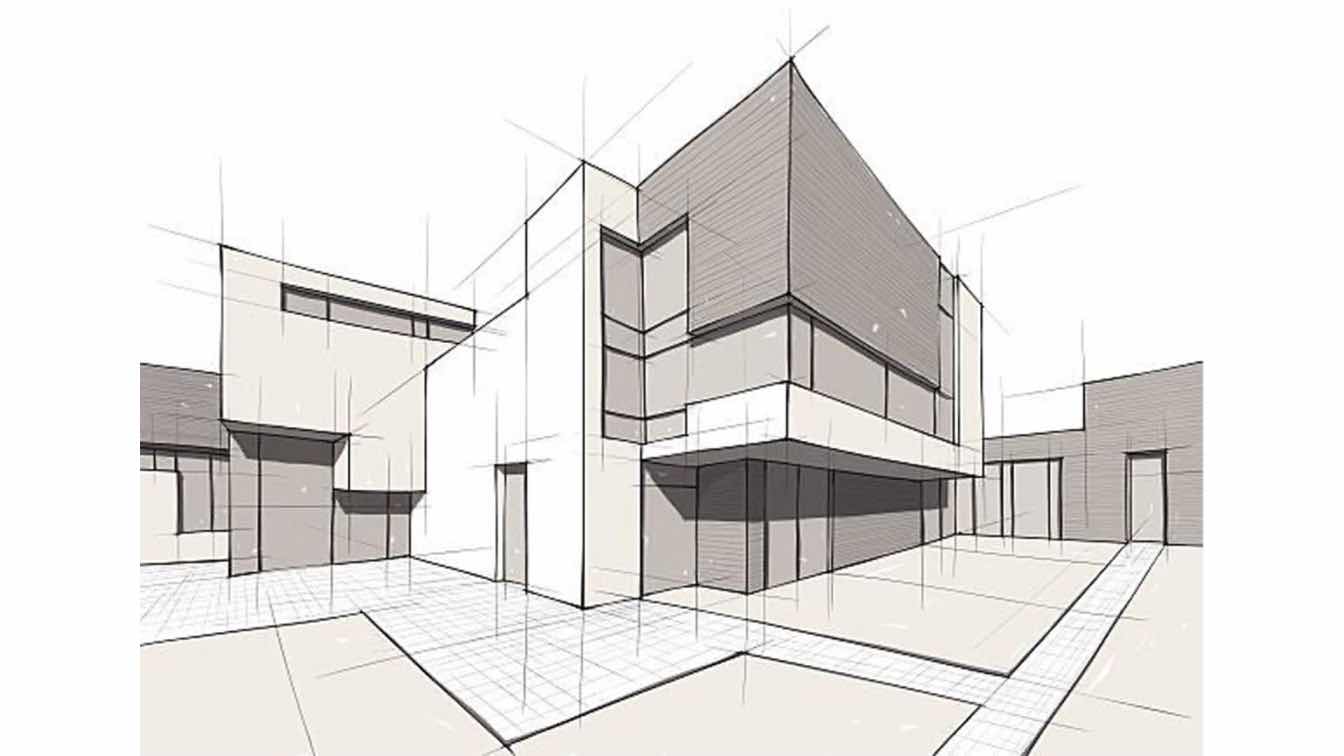Just How CDA Architects Provide Cutting-Edge Solutions for Sustainable Style
Just How CDA Architects Provide Cutting-Edge Solutions for Sustainable Style
Blog Article
Understanding the Collaborative Refine In Between Architects and Designers in Modern Construction Projects
The collaborative process in between designers and engineers is crucial in contemporary building and construction tasks, as it integrates layout intent with engineering usefulness. This collaboration not only affects the visual and practical facets of a project yet likewise plays a critical role in resolving sustainability challenges. By using efficient communication approaches and leveraging sophisticated innovations, such as Building Information Modeling (BIM), groups can work a lot more cohesively. The intricacies of this cooperation usually present distinct obstacles that can prevent progress. Checking out these dynamics discloses understandings that might significantly impact project results and general sector standards.
The Significance of Partnership
The collaborative harmony between engineers and engineers is crucial for the effective understanding of any building project. This partnership combines distinct experience and viewpoints, allowing the assimilation of ingenious design with useful design remedies. By interacting, architects and engineers can ensure that a job not only meets aesthetic and functional needs but also follows safety and security, sustainability, and budgetary restraints.
Cooperation promotes a shared vision, assisting in the alignment of goals and expectations from the outset. This placement is vital in addressing possible challenges and mitigating threats that can emerge during the project lifecycle. A joint strategy permits for the reliable appropriation of resources, maximizing both time and cost.
The value of collaboration reaches the iterative process of design and construction, where comments from engineers can notify building choices, leading to more feasible and sustainable styles. Conversely, designers can influence designers to believe creatively about exactly how to attain architectural stability without compromising creative intent. Eventually, the joint relationship between designers and engineers is not simply useful; it is essential to the development of high-quality, functional, and ingenious constructed environments that meet the requirements of culture.
Communication Methods and Devices
Efficient interaction strategies and tools are vital for promoting collaboration in between architects and engineers throughout the project lifecycle. Establishing clear channels of communication is necessary to ensure that all staff member are straightened with project purposes, timelines, and obligations. Normal conferences, both in-person and virtual, give opportunities for stakeholders to go over progress, address problems, and make notified decisions.
Utilizing project management software application, such as BIM (Building Info Modeling) platforms, improves cooperation by making it possible for real-time sharing of style modifications and technical requirements. These devices help with transparency, permitting designers and engineers to visualize modifications and evaluate their effect on the general project.

Shared Goals and Task Vision

Establishing shared goals involves open dialogue and a thorough understanding of each discipline's contributions. Engineers normally concentrate on layout intent, spatial connections, and individual experience, while designers highlight architectural stability, systems capability, and compliance with policies (cda architects). When these viewpoints are lined up, the result is a cohesive task that complies with both innovative desires and technological expediency
Furthermore, a distinct project vision promotes liability amongst staff member, motivating each individual to take possession of their role in attaining the desired end result. Normal check-ins and joint workshops can better strengthen this dedication, permitting adjustments to be made as the job progresses. Ultimately, a common vision not only enhances synergy but also boosts the top quality of the final deliverable, bring about successful project conclusion.
The Role of Innovation
Leveraging modern technology has actually ended up being necessary in improving collaboration between architects and designers. Structure Information Modeling (BIM) stands out as a crucial technology, enabling both designers and engineers to create detailed 3D designs that envelop style intent and architectural integrity.
Furthermore, cloud-based systems allow smooth partnership, enabling task stakeholders to gain access to and upgrade project data from anywhere. This promotes a society of openness and responsibility, as adjustments can be tracked and go to these guys evaluated in real-time. Additionally, mobile applications more improve interaction, offering on-site teams with immediate access to job specifications and updates.
Emerging technologies such as expert system and artificial intelligence are likewise beginning to play a visit our website duty in predictive evaluation, assisting groups recognize possible problems prior to they develop. Ultimately, the role of modern technology in architecture-engineering cooperation not only boosts workflow performances however also enhances technology, causing even more successful project outcomes. By embracing these technical advancements, engineers and engineers can make certain a much more cohesive and productive collaborative procedure throughout the building and construction lifecycle.
Study in Effective Partnerships
Numerous situation studies illustrate the profound impact of reliable collaborations in between architects and designers on task end results. One remarkable example is the cooperation on the High Line in New York City City, where landscape engineers, designers, and urban organizers worked with each other to transform an abandoned railway right into a vibrant public park. This multidisciplinary strategy not only enhanced the visual quality but also guaranteed structural security and environmental sustainability.
One more exemplary case is the design and construction of the Sydney Music Hall. The partnership in between designer JÃ ¸ registered nurse Utzon and structural engineer Ove Arup exemplified ingenious problem-solving. Their cooperation permitted the famous shell-like style while dealing with complicated engineering obstacles, inevitably causing an ageless architectural masterpiece.
The Burj Khalifa in Dubai better demonstrates the significance of joint efforts. cda architects. The integration of style and engineering competence enabled the job team to attain extraordinary elevations while adhering to safety and security guidelines and visual vision
These instances underscore the significance of communication, trust fund, and shared objectives. In today's complex building atmosphere, such collaborations are important to browsing challenges and providing tasks that meet both functional and visionary goals.
Verdict
In final thought, the collaboration in between engineers and engineers is important for the success of modern-day construction tasks. Efficient interaction techniques, a common task vision, and the combination of advanced modern technologies are important parts that facilitate this partnership.
Report this page